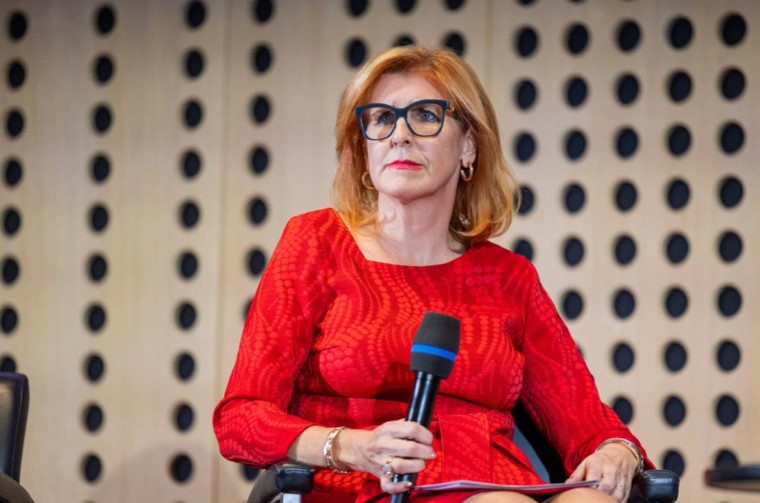The Chamber of Commerce and Industry is well known for the fact that it very rarely speaks up when left-wing politics traditionally hit the economy over the head with a bat. This tradition goes back to the time when the Chamber was still run by a silent cadre of the left-wing Liberal Democracy of Slovenia party (Liberalna demokracija Slovenije – LDS), and membership was even compulsory, which meant that it was a huge, forced association of practically everyone who had a grip on the economy. Literally a chamber of the “working people.” So, when the Chamber of Commerce and Industry speaks up, we can be certain that this time, the left-wing rulers have gone harshly over the line of what is acceptable and have really done the economy a grave injustice. And that is exactly what has happened this time as well.
This time, even the Director of the Chamber of Commerce and Industry, Vesna Nahtigal, has criticised the Golob government regarding its help to the economy during the energy crisis. “As you know, the Chamber of Commerce and Industry was indeed a constructive partner when working with the government in the preparation of these measures; we had our own representative in the crisis headquarters and a strong back-office group behind him. And, of course, given that we have put a lot of energy into this, we are disappointed with today’s facts,” Nahtigal said in a statement for the press.
Minister of Infrastructure Bojan Kumer promised that the government would introduce the highest allowed price for energy, and the economic sector believed that that would bring down prices, but that did not happen. “The prices are absolutely too high. If you take the current level of supply from traders and the simple help promised by the government, you get a price of 250 euros per MWh, at which we can hardly survive.”
“I am very worried – because many companies are calling me – about how we will survive. One company told me that it has a price, with the aid included, of 260 euros, while the Croatian competitor has the price of 110 euros per MWh, and now tell me how we can remain competitive.”
Additional conditions
In the category of aid for energy-intensive companies eligible for higher aid rates (65 and 80 percent respectively), there is an additional condition that EBITDA in the coming year (excluding aid) decreases by at least 40 percent, compared to the reference year 2021, or is negative, and that EBITDA, even after the aid is added, will not exceed 70 percent of last year’s. Nahtigal argues that this is a “major limiting factor” because companies do not have such a decline in profitability, at least this year. If aid for energy-intensive companies is not available, our companies will, in fact, only be able to count on the aid of up to 4 million euros (this is the maximum general aid for all companies, which is “not enough with the costs they have”).
Unrealistic provisions
She also pointed to the unrealistic provision that aid recipients will have to commit to investing as much money as they will receive subsidies in the Green Transition within two years of the end of the measure – which they will be able to benefit from for a maximum of 30 days in a six-month period. “We have pointed out that it is impossible in a crisis to invest money in the green transition in just one year, especially knowing the situation in permits.”
So, all of this shows us two things: the government has no room for a manoeuvre to offer more electricity subsidies. Let us not forget that we live in a country that has always prided itself on energy self-sufficiency. When “freedom” came, we simulated the close down of the thermal power plant and the nuclear power plant at the same time, and the price of electricity has been among the highest in the European Union throughout the entire time of Golob’s government being in office. It also looks as if the aid represents a flow of money into renewable energy sources. The state, as the mafia boss of a company that got into trouble because of bad energy policies, is blackmailing the companies into putting all the subsidy money into the green transition – that is to say, into inefficient, expensive and, above all, unstable energy sources that cannot survive without coal and nuclear power.
Andrej Žitnik


